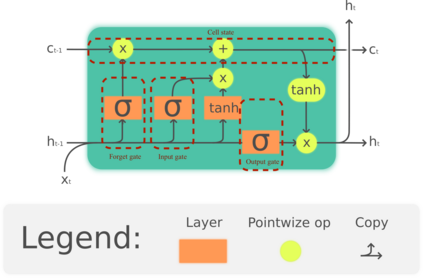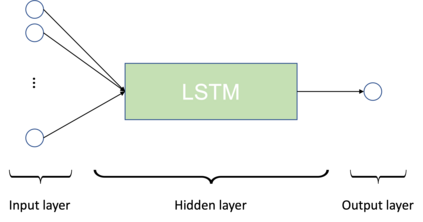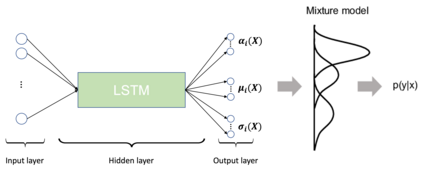Cycling can reduce greenhouse gas emissions and air pollution and increase public health. With this in mind, policy-makers in cities worldwide seek to improve the bicycle mode-share. However, they often struggle against the fear and the perceived riskiness of cycling. Efforts to increase the bicycle's mode-share involve many measures, one of them being the improvement of cycling safety. This requires the analysis of the factors surrounding accidents and the outcome. However, meaningful analysis of cycling safety requires accurate bicycle flow data that is generally sparse or not even available at a segment level. Therefore, safety engineers often rely on aggregated variables or calibration factors that fail to account for variations in the cycling traffic caused by external factors. This paper fills this gap by presenting a Deep Learning based approach, the Long Short-Term Memory Mixture Density Network (LSTMMDN), to estimate hourly bicycle flow in Copenhagen, conditional on weather, temporal and road conditions at the segment level. This method addresses the shortcomings in the calibration factor method and results in 66-77\% more accurate bicycle traffic estimates. To quantify the impact of more accurate bicycle traffic estimates in cycling safety analysis, we estimate bicycle crash risk models to evaluate bicycle crashes in Copenhagen. The models are identical except for the exposure variables being used. One model is estimated using the LSTMMDN estimates, one using the calibration-based estimates, and one using yearly mean traffic estimates. The results show that investing in more advanced methods for obtaining bicycle volume estimates can benefit the quality, mitigating efforts by improving safety analyses and other performance measures.
翻译:因此,安全工程师往往依赖综合变量或校准因素,而这些因素没有考虑到由外部因素造成的自行车交通量的变化。本文填补了这一缺口,介绍了基于深度学习的方法,即长期记忆混合密度网络(LSTMMDN),以预测哥本哈根的每小时自行车流量为条件,以天气、时间和路况为条件,在分层一级分析事故和结果;然而,对自行车安全进行有意义的分析,需要准确的自行车流量数据,这些数据通常很少,甚至不能在部分一级提供。因此,安全工程师往往依赖综合变量或校准因素,无法说明因外部因素造成的自行车交通量变化而导致的波动。本文填补了这一缺口,介绍了基于深度学习的方法,即长期记忆混合密度密度网络(LSTMMDN),以分析与自行车有关的事故及其后果。 采用一种准确的自行车交通量估算方法,我们用一种相同的安全性分析方法来评估了自行车安全性风险。









